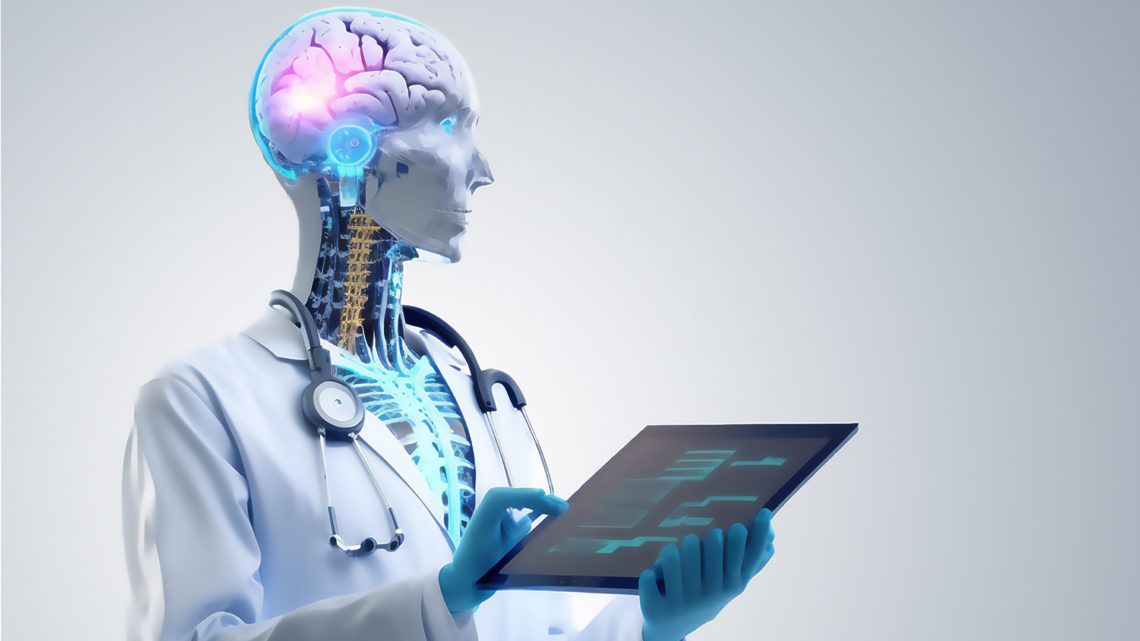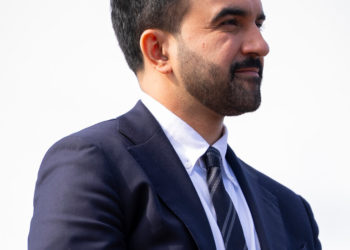Subtle differences in how we move through the world may actually hold clues about how our brains work. According to a new study, we may be able to train AI to detect autism just by looking at how we grasp objects between our fingers.
Researchers at York University and their collaborators used motion-tracking and machine learning to analyze grasping behavior in 59 young adults. Each participant was asked to pick up various rectangular objects using just their thumb and index finger. Only two motion sensors were placed on the fingers, and the objects were similar to those found in daily life.
From these simple movements, the team extracted over a dozen motor control features, like finger speed, hand trajectory, and the timing of maximum grip. Feeding this data into five different machine learning models, the researchers found the AI could correctly detect whether someone had autism or not with up to 89% accuracy. On average, the accuracy remained above 84% across all models.

These findings support growing research suggesting that autism is not only a social and behavioral condition but also one that includes subtle differences in motor coordination. Reach-to-grasp actions, in particular, have become a powerful window into how the brain integrates vision, perception, and movement.
We perform these movements every day—grabbing a mug, picking up a phone—yet they contain valuable neurological signatures. Because grasping is a natural behavior, it avoids the complexity and cost of brain scans or intensive diagnostic interviews. With just a couple of finger sensors and smart algorithms, clinicians could one day detect autism with a more accessible and non-invasive method.
Of course, there are limits. The study focused on young adults with average IQ, so future research needs to test how well the method works in children—the key demographic for early diagnosis. The team also hopes to explore how this technique could help identify different subtypes of autism or if it could be adapted for use in schools and pediatric clinics.
Being able to use AI to detect autism in patients could be a major step forward in diagnosis. The earlier we can detect these kind of brain-related diagnosises, the sooner we can start working with the patients to live their lives as fully as possible. In the past, we’ve seen AI used to diagnose patients, and even an AI that can detect cancer.
The post New AI can identify autism just by looking at your hands appeared first on BGR.




